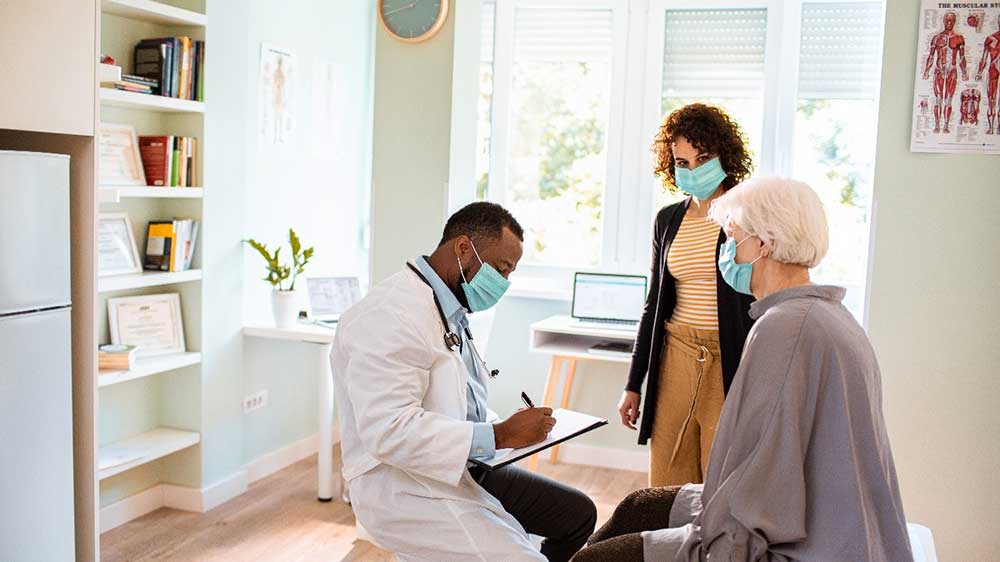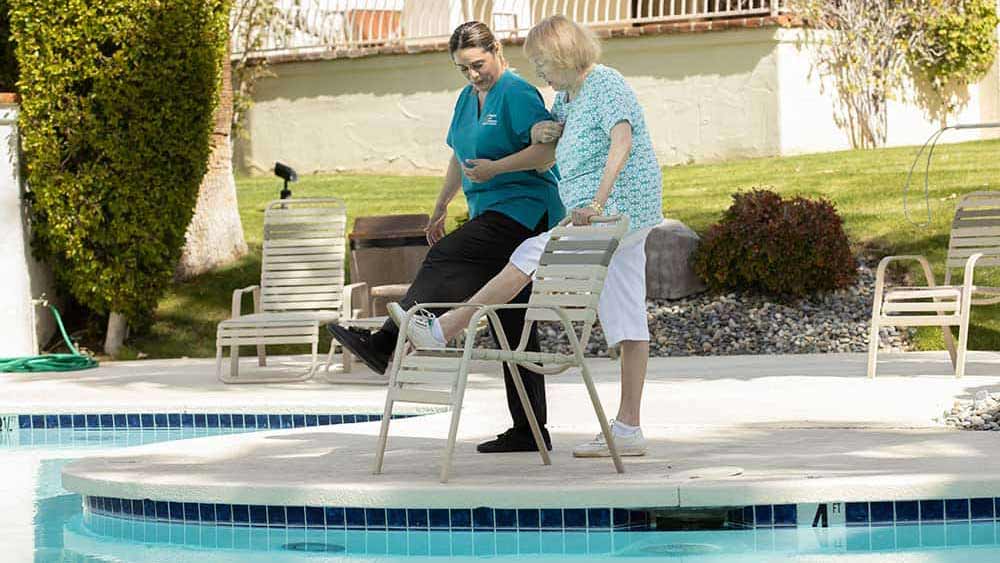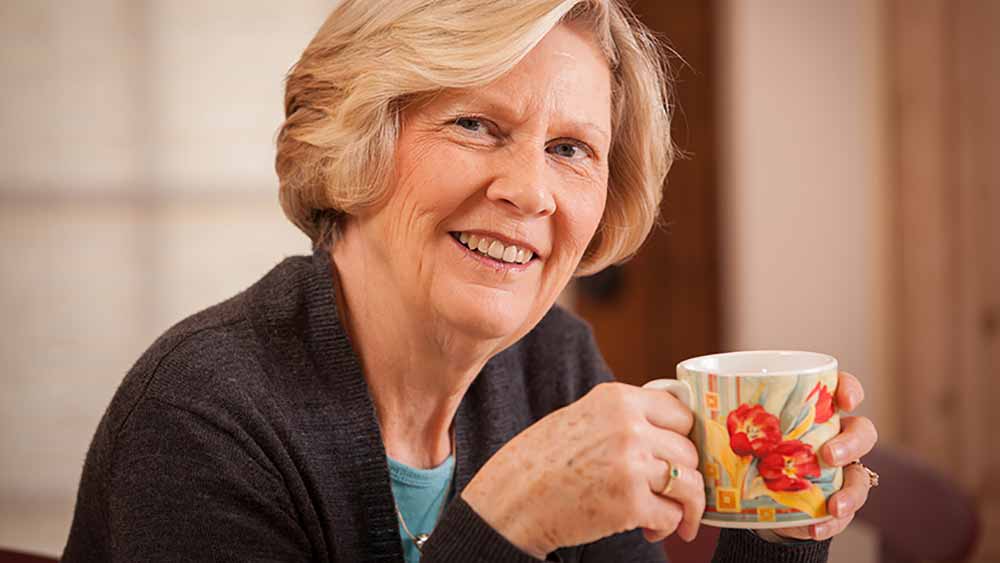

A To-Do List for This Stage of the Pandemic
As older adults in the U.S. received their vaccines earlier this year, many began to gratefully venture out into a more normal life. But we’ve all experienced ups and downs this year as COVID-19 cases waxed and waned, and variants made it necessary to backtrack somewhat in letting down our guard. We aren’t out of the woods yet by any means—but even if it’s two steps forward and one step back these days, it’s clear the pandemic and resulting precautions will affect us for years to come.
Experts are now taking stock of how older adults fared during quarantine as the situation has evolved. Here are some findings and how we can address them:
Health care has fallen behind. Statistics show many older adults skipped doctor appointments, dental exams and other care when the pandemic began. Some feared exposure to the coronavirus in the health care setting. Others were unable to access their usual transportation. It might have been hard to get an appointment when health organizations were busy with COVID-19 patients. Data shows this has worsened health problems for many elders.
Add to your to-do list: Contact your health care providers to make appointments for the care you need. Your provider can update you on safety protocols and telehealth options. And needless to say, if you haven’t been vaccinated yet, that should be at the top of your list!
Physical fitness declined. People of every age, even children, have experienced weight gain and loss of strength and endurance. The situation is especially serious for older adults, when a loss of strength, muscle mass and stamina—called “deconditioning”— leads to frailty and a host of physical and cognitive health problems. Deconditioning could result from coronavirus infection, but also from lifestyle changes during lockdown. Experts say many older adults will even require physical therapy to overcome the challenges. Earlier this year, University of Oxford professor Muir Grey said we should think of 2021 as “the year of reconditioning.” This will likely apply to 2022, as well!
Add to your to-do list: Talk to your doctor about your body weight, fitness and an exercise routine that’s right for you. If your gym or senior center is now open, ask about infection control policies and practices. And take it easy as you get back in the saddle. When we’re out of shape, we’re more likely to suffer a sprain or other injury.
The fall risk is up. Studies show that the number of falls and fall injuries among older adults rose after the pandemic began. Confined to their houses and out of practice moving around, some seniors developed a fear of falling, which in turn led to inactivity and deconditioning. The loss of strength in turn made it harder to keep their balance and move safely. People who are lonely tend to take more pain medication and sleep preparations, and these drugs can cause balance and alertness problems. Seniors injured in a home fall then may have trouble reaching medical help.
Add to your to-do list: Make fall protection part of the conversation at your next checkup. Ask for a medication review and a prescription for fall-prevention activities.
There’s an epidemic of mental health problems. The American Psychological Association (APA) reported a steep increase in depression, stress, anxiety, substance misuse and even internet addiction among all age groups. Older adults were hit hard by social isolation, health concerns, the loss of loved ones to COVID-19, money worries, and even political friction. And the APA reports that 82% of adults “never imagined the coronavirus pandemic would last this long.” With ups and downs in case numbers, and questions about new variants, the uncertainty most of us are experiencing right now also is very stressful!
Add to your to-do list: If you’re experiencing mental health challenges, talk to your doctor. Counseling, mindfulness training and other practices can be effective. And maybe it’s time for a media diet. Avoid scaremongering news sources—conspiracy theories can throw off our sense of security. Your local department of public health offers regular, accurate updates on the situation and best practices to keep you and others safe.
Social “fitness” also suffered. Norms were upended last year. According to experts from the University of Waterloo in Ontario, “It is also possible that many people who didn’t struggle with social anxiety before the pandemic may find themselves feeling more anxious than usual as we emerge out of the pandemic and into a more uncertain future—especially within social situations where our social skills are rusty and the new rules for social engagement are yet to be written.” Experts speak of “cave syndrome” and “pandemic re-entry stress.” After avoiding contact with others for so long, is it now safe to go in a restaurant? Do we need to wear a mask? Or what if we’re the only one wearing a mask?
Add to your to-do list: Go at a pace that’s comfortable for you. For example, wear a mask if you want to, even if it’s not required. Some people say they even feel more socially relaxed behind the mask.
Relationships were stressed. Most people felt a degree of social deficit—yet when it came to our primary relationships, some felt a “too much of a good thing” sense as they bunkered together during quarantine. This included spouses who were both working from home, parents trying to serve as teacher’s aides while holding down a job at home or in the community, and family caregivers supporting the needs of older loved ones at a time when so many of the usual senior support resources were unavailable.
Add to your to-do list: Get help. Carve out time for yourself. Be kind to each other. Seek counseling if necessary—individual or couples. Hire professional in-home care to help get older loved ones back on track, whether that is help with personal care, errands, transportation, health care management support, taking care of the home, or just an opportunity for your loved one to spend time with someone else.
As you create your to-do list, keep the end goals in mind, so when the pandemic is truly at an end, you’ll be in good shape to take advantage of what we’ve all been waiting for!







